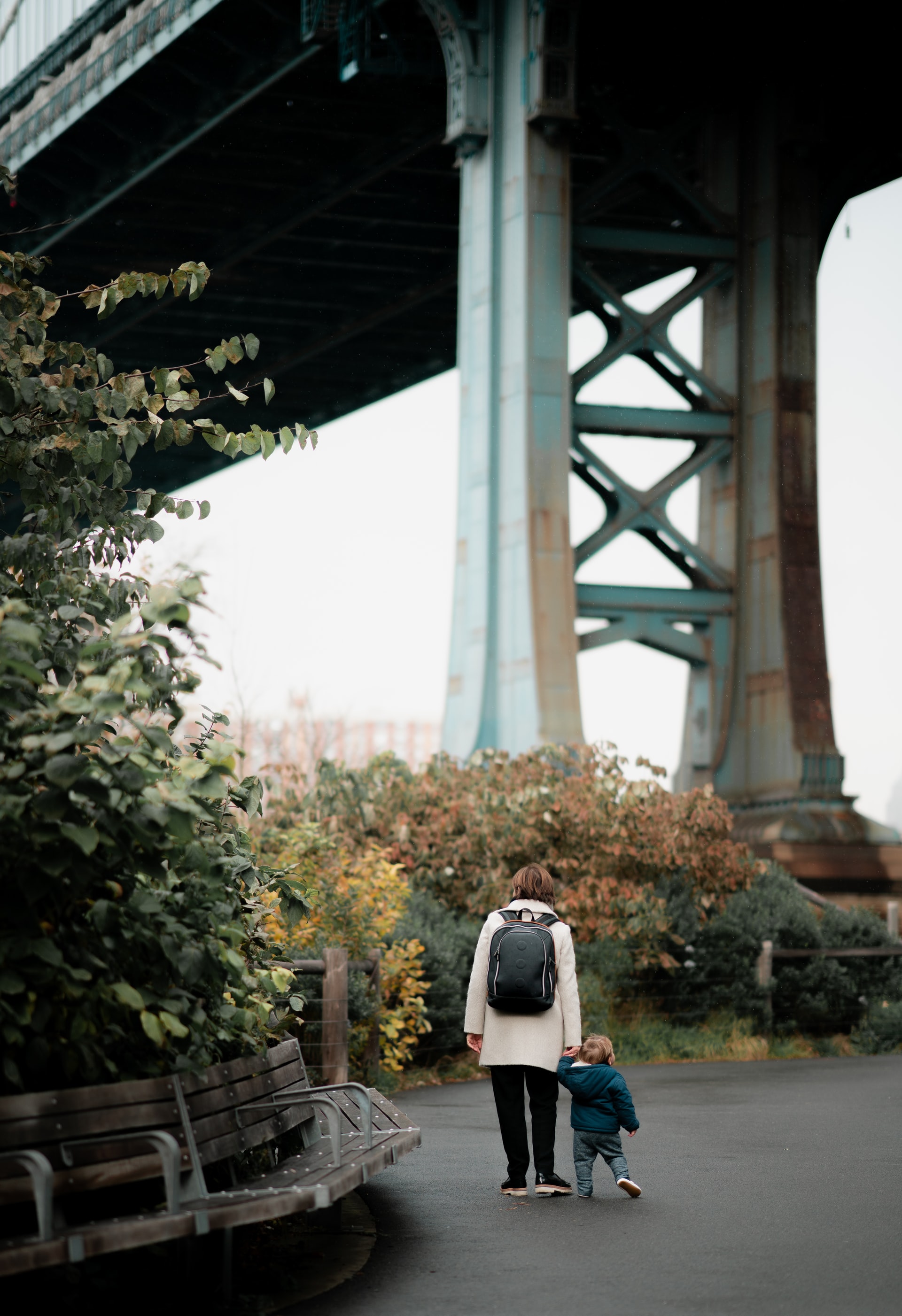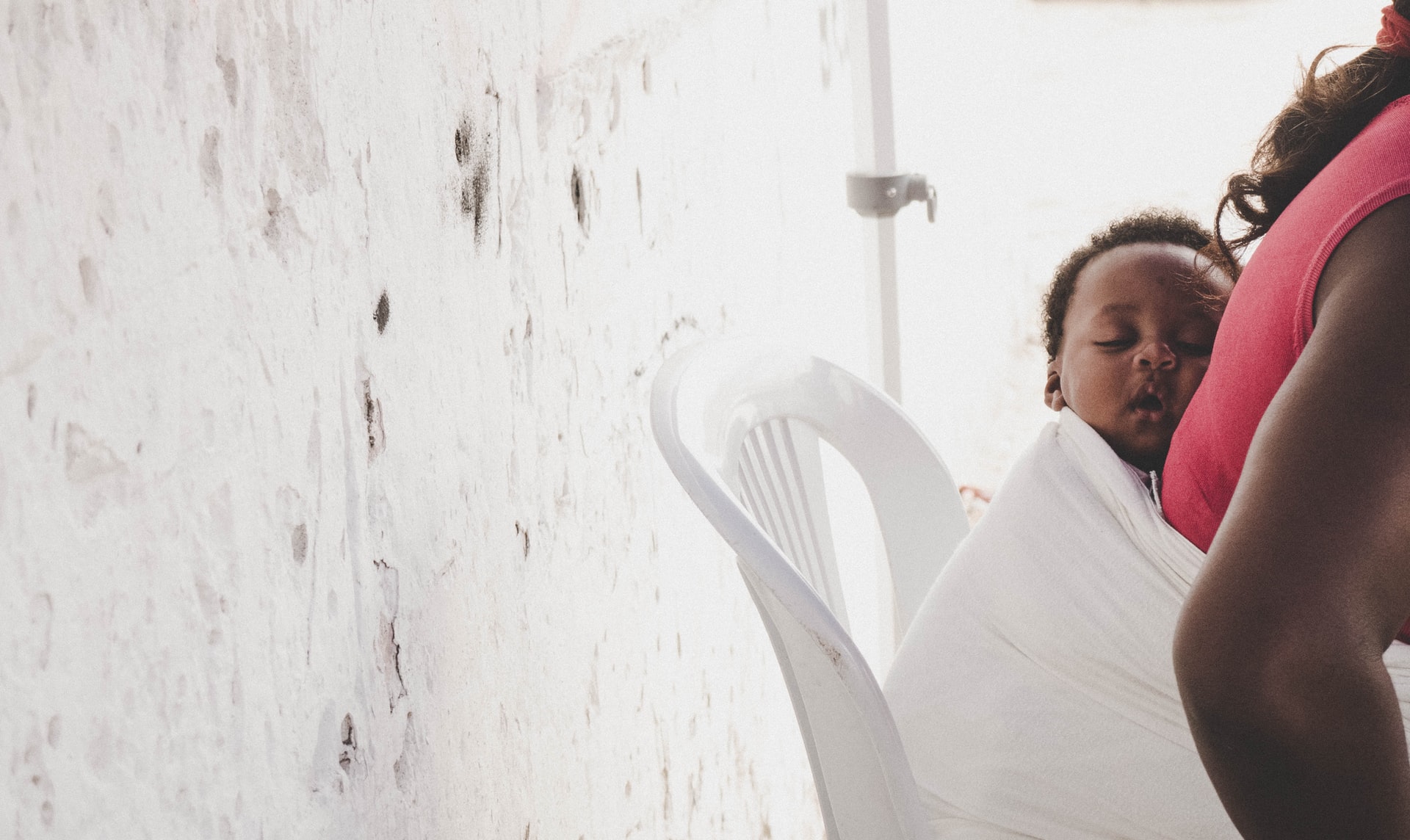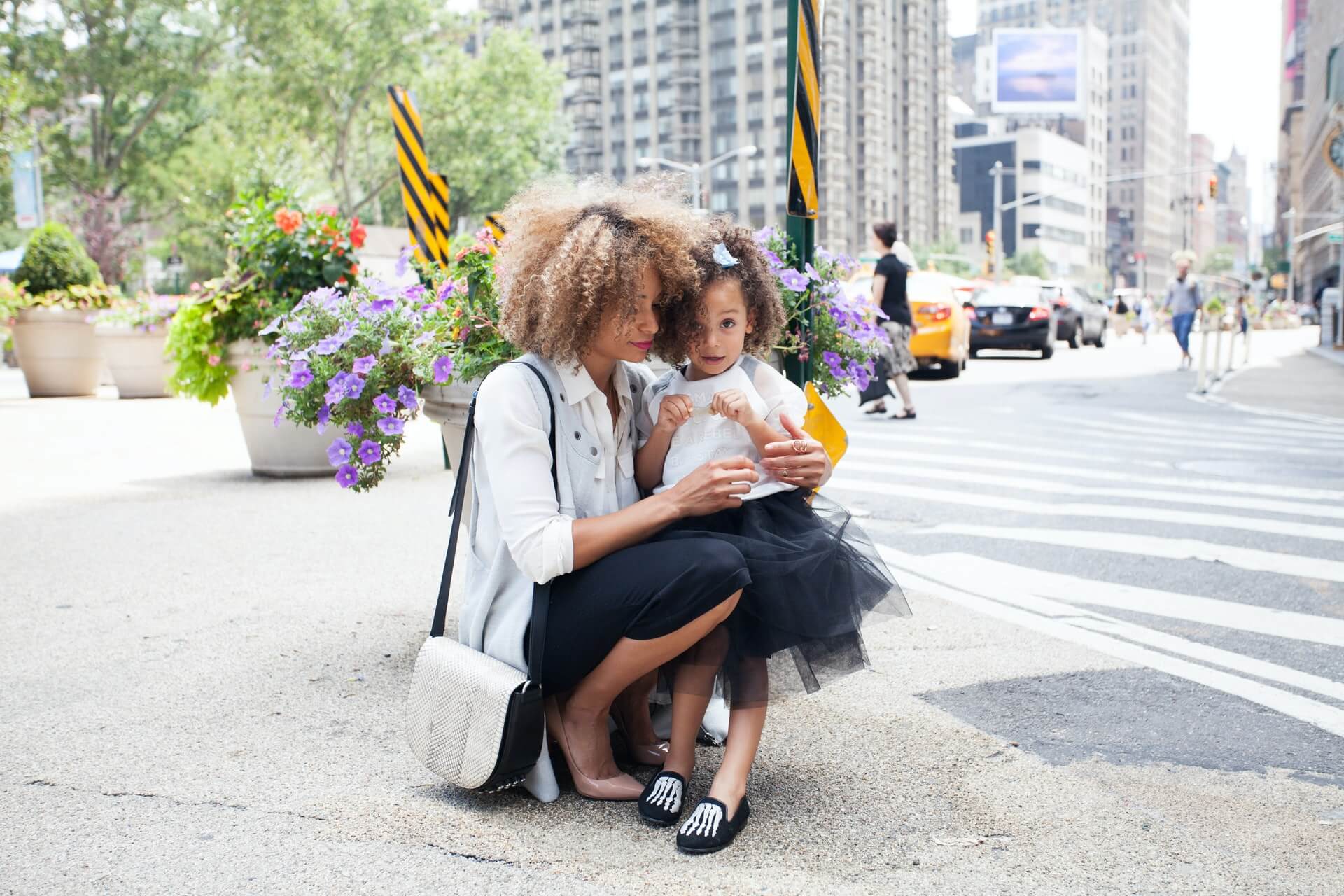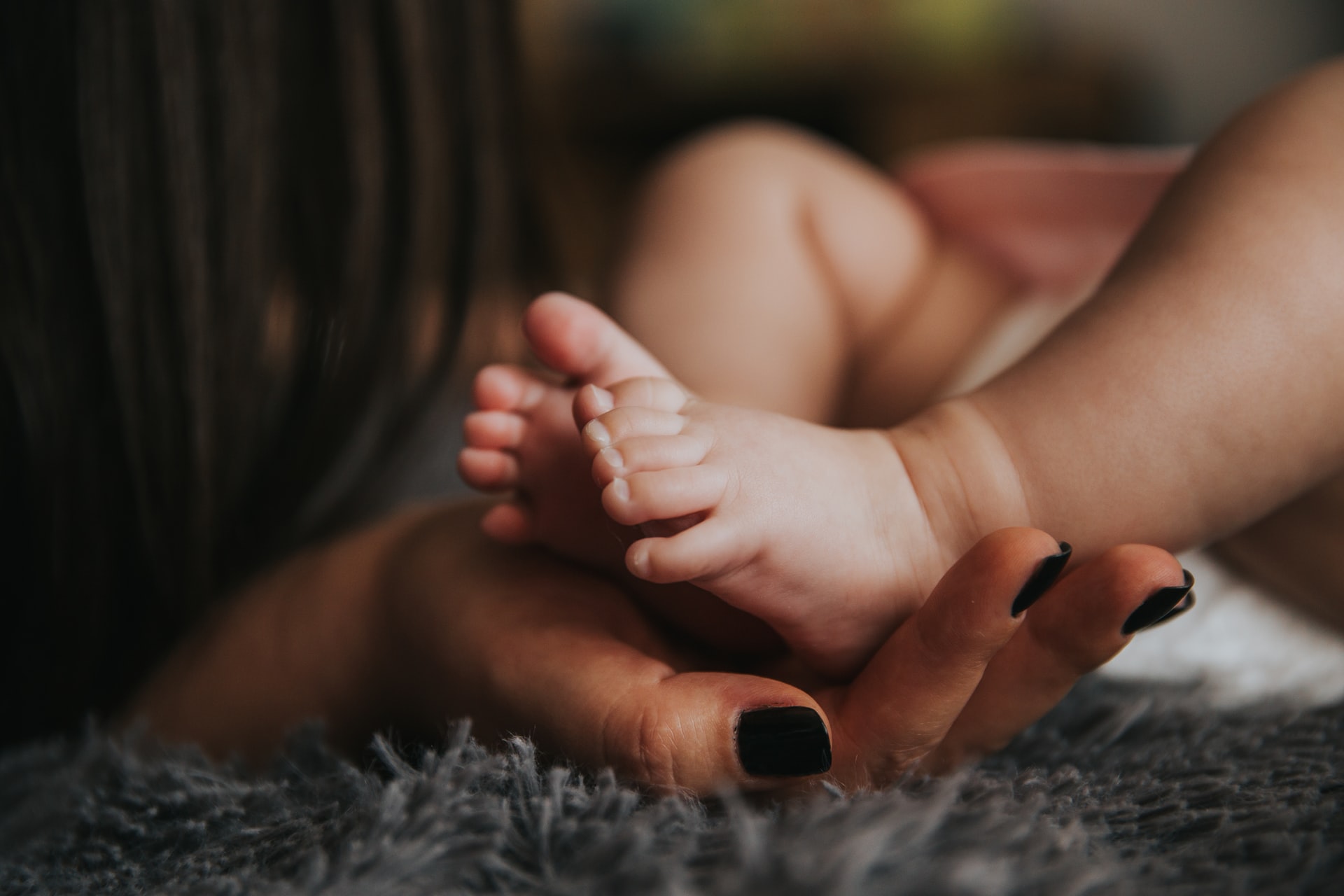
- Better Society -
- 6mins -
- 229 views
Guaranteed income scheme gives low-income NYC Moms $1000 a month with no strings attached
The Bridge Project is giving mothers across New York City $500 or $1000 every month for three years—no conditions, no questions asked—to empower families to secure their own futures by providing mothers and babies with the resources to lift themselves out of poverty.
The bridge project is Putting cash in the hands of those who need it most
The Bridge Project is New York City’s first guaranteed income program. Launched in June 2021 by The Monarch Foundation, the Bridge Project is designed to support low-income mothers in New York City during the first 1,000 days of their children’s lives by providing them with consistent, unconditional cash on a biweekly basis.

No conditions, no questions asked
In one of the richest cities in the world, nearly one in four children under the age of 3 live in poverty. That rate is about ten percentage points above the national childhood poverty rate, and the numbers are even worse for Black and Hispanic children.
- 38% More than a third of young children live in families who could not afford one or more basic necessities
- 49% Nearly half of NYC’s young children live in lower-opportunity neighborhoods with poverty rates of at least 20%
- 34% A third of young children live with a parent who reports either moderate or serious psychological distress.
THE EARLIEST DAYS OF A CHILD’S LIFE ARE A CRUCIAL PERIOD OF EMOTIONAL AND MENTAL DEVELOPMENT
Studies suggest that early childhood experiences can fuel intergenerational cycles of poverty. Excessive prenatal and postnatal toxic stress can create a lifetime of physical, mental, emotional, and social outcomes.
The Bridge Project is giving mothers across New York City $500 or $1000 every month for three years, with no strings attached.
Their goal is to simplify the solution and empower families to secure their own futures. They want to provide mothers and babies with the resources to lift themselves out of poverty so the next generation of New Yorkers has a strong foundation to grow, learn, and turn possibility into reality.
Source: BridgeProject

Why give cash? And why to mothers?
It’s an easy solution, say The Bridge Project. Giving people cash is intuitive: Low-income families lack flexible cash, live paycheck to paycheck, and are unable to save and generate wealth. Providing them with consistent, unconditional, and immediate cash is sometimes all it takes to lift them out of poverty. Minimise interference, maximise impact.
The cash the Bridge Project put in the hands of mothers can be spent on food and formula, rent or car repairs, education, childcare or diapers. They say ‘We really don’t care (and you shouldn’t either!). It can be spent the day it arrives, or saved for an emergency or longer-term investment down the line. Regardless, people know how to budget and spend smartly — it’s been shown that less than 1% of money from guaranteed income pilots goes towards tobacco and alcohol.
And at the end of the day, it’s not up to us, and it’s not up to you — it’s up to them. No one tells you how to spend your money, so give our mothers the same flexibility. Let’s stop pretending we know best.’

Why give the cash to mothers?
The Bridge Project see investment in a mother as an investment in a woman, a child, and a community. Cash assistance today for mothers with young babies has the potential to allow a whole generation to separate from the toxic stresses of poverty, break intergenerational cycles, and provide the environment for children to grow into happy, healthy adults.
Babies feel the effects of their mothers’ poverty
While babies and children may not be able to read utility bills or understand medical debt, studies show that they are deeply affected by the varying levels of toxic stress their families face — which for families living in deep and entrenched poverty, is a lot. Not only can financial deprivation and instability have significant material effects on mothers, their babies, and their families, but it can also be a huge mental and emotional tax, quickly depleting a mother’s ability to provide for her children in the way she wants to.
Environmental stress is especially damaging in the first three years of a child’s life. Studies suggeststrong links between childhood poverty and cognitive and psychological disadvantages, including physical differences in the shape and function of brains. Young children who experience frequent or sustained stress are also more likely to develop depression, anxiety, and substance abuse issues later in life, as well as physical afflictions like heart disease and diabetes. They may have trouble processing stress effectively throughout their lives, and live shorter lives than those raised with less stress. Reducing stress in early childhood is critical, and helping moms meet their needs is a first step to setting these babies up for success.
Investing early means investing less
Cash assistance as an early intervention in babies’ lives could reduce the need for costlier interventions later. Research shows that later interventions are likely to be less successful in fully reversing the harm done to babies and children mentally, emotionally, physically, and psychologically — and in some cases is entirely ineffective. While there is no “magic age” for intervention, it is clear that, in most cases, additional support as early as possible is significantly more effective than waiting. ‘We would rather prevent than have to undo.’
At the end of the day, moms know best
‘We can’t possibly know what each baby or child needs to thrive in his or her family environment, but moms can and do. We want this project to be effective and efficient, and investing in mothers means investing in babies. Investing in babies means investing in the future generation and the future of our nation. We strongly believe that the most immediate way to a brighter future for the next generation is getting cash into the hands of mothers and letting them do the rest (well, at least until babies can swipe their own debit cards).
Source: BridgeProject

Looking ahead
The program hopes to launch future phases throughout various neighbourhoods and boroughs to support mothers and their babies and alleviate child poverty across New York City.
…there remains a few additional unanswered questions:
1. Can a guaranteed income targeted at mothers improve their babies’ social, emotional, and mental development and well-being?
2. For a city like New York City, what level of guaranteed income provides recipients and their babies with the strongest financial, social, and developmental outcomes?
3. Does the provision of additional services and resources encourage low-income families to take advantage of them, and are outcomes necessarily greater for those who do?
A guaranteed income can change the future of New York City. Starting with mothers and their babies, the Bridge Project say we can eliminate the deeply paternalistic approach we take to poverty and the social and racial inequities present in our society, empower those who have been repeatedly torn down by a system that doesn’t trust, and start a nationwide conversation and movement.
Source: BridgeProject

